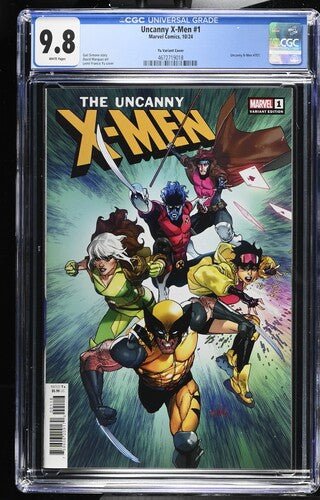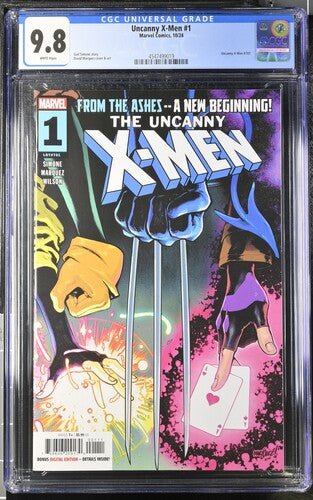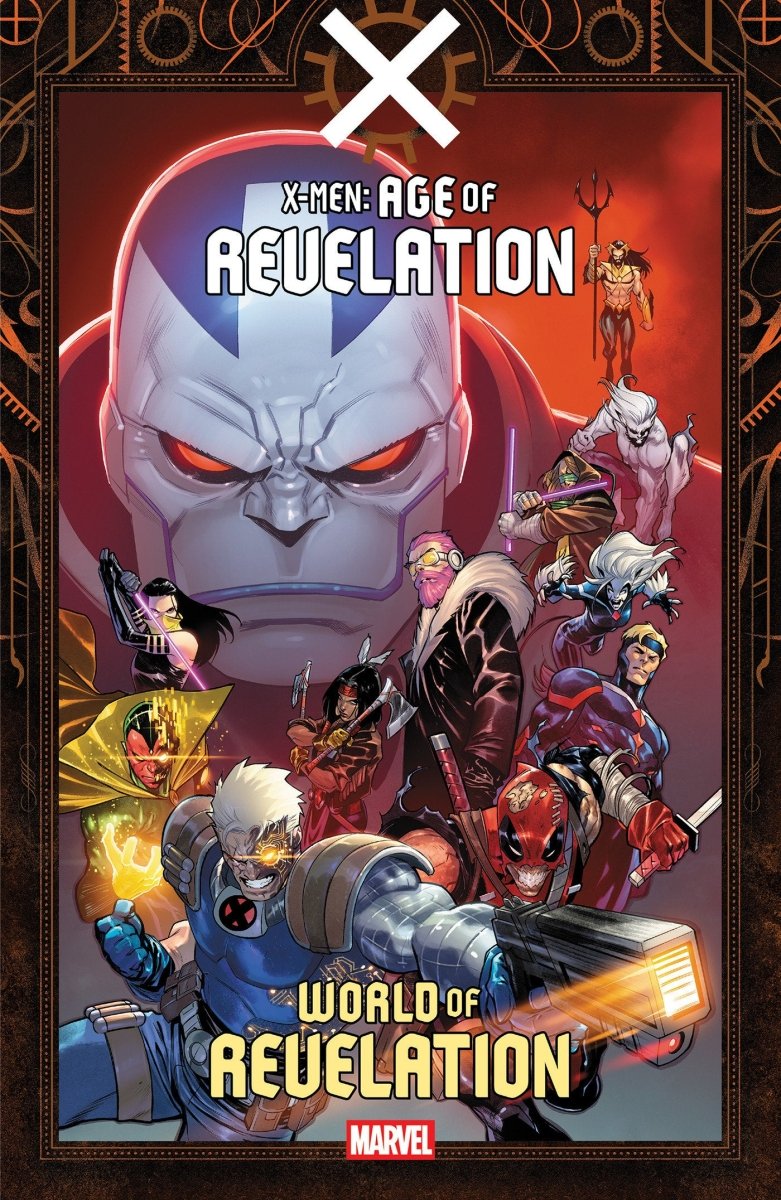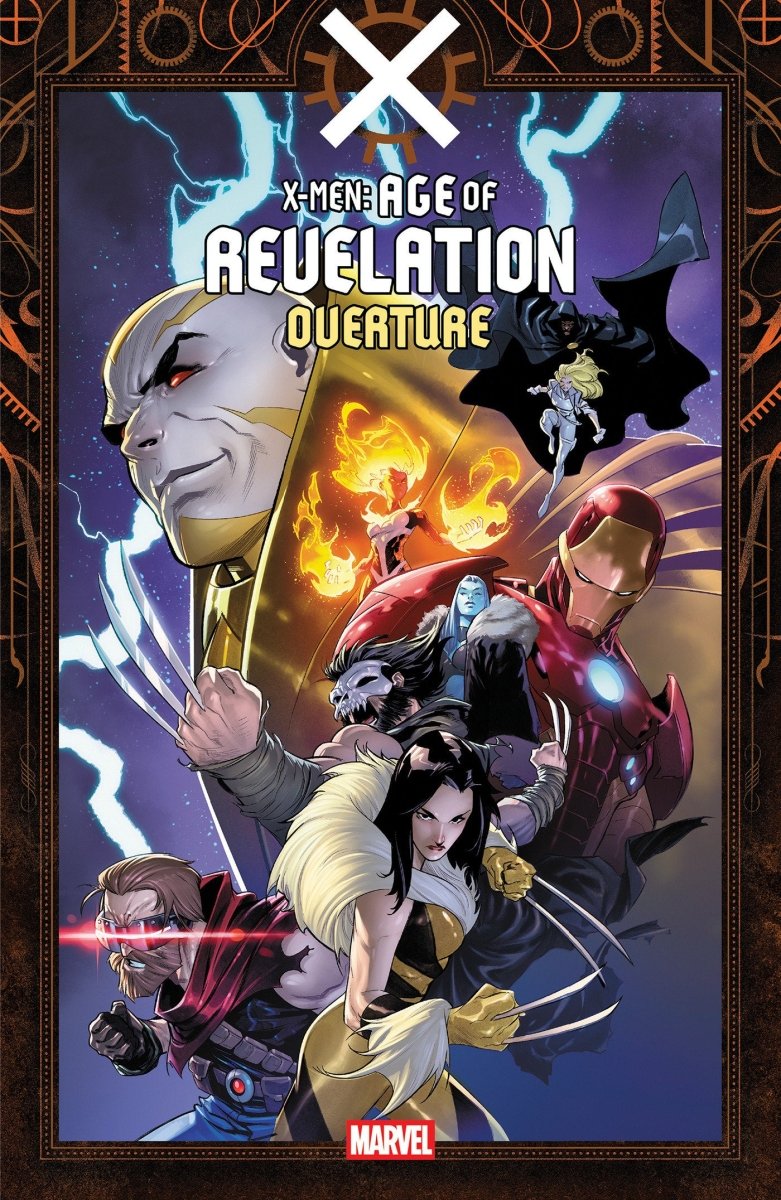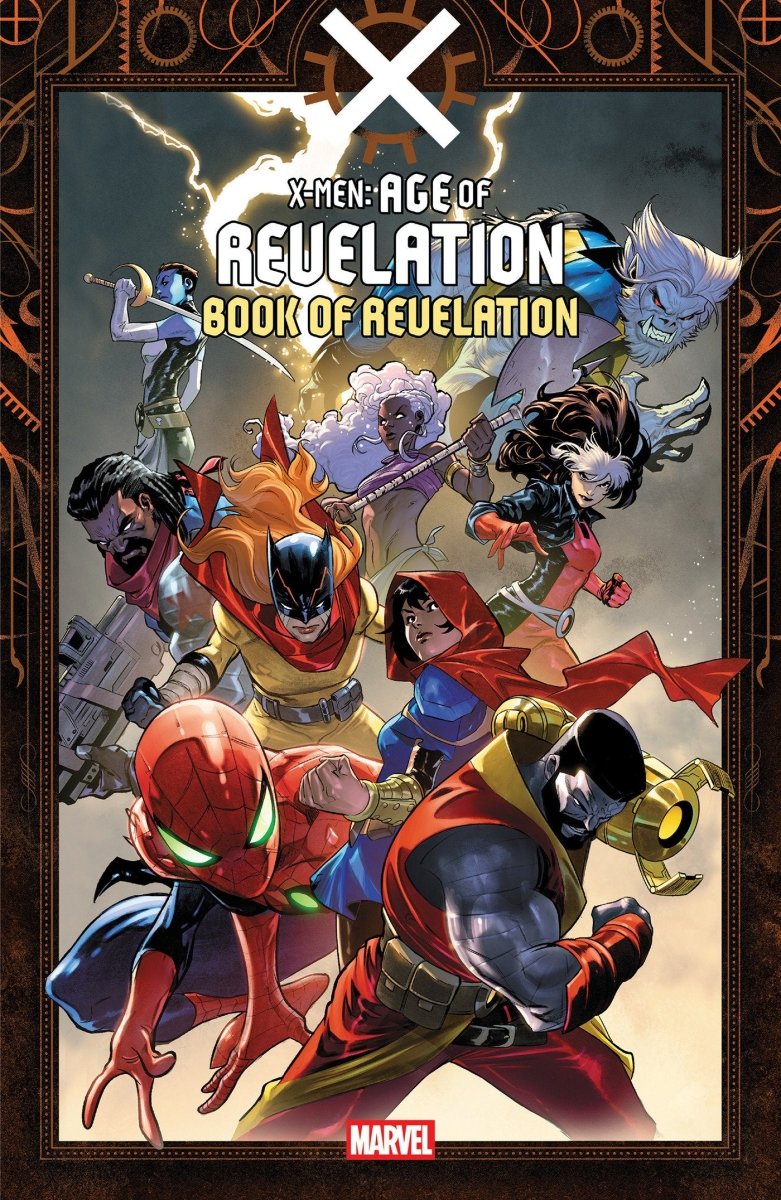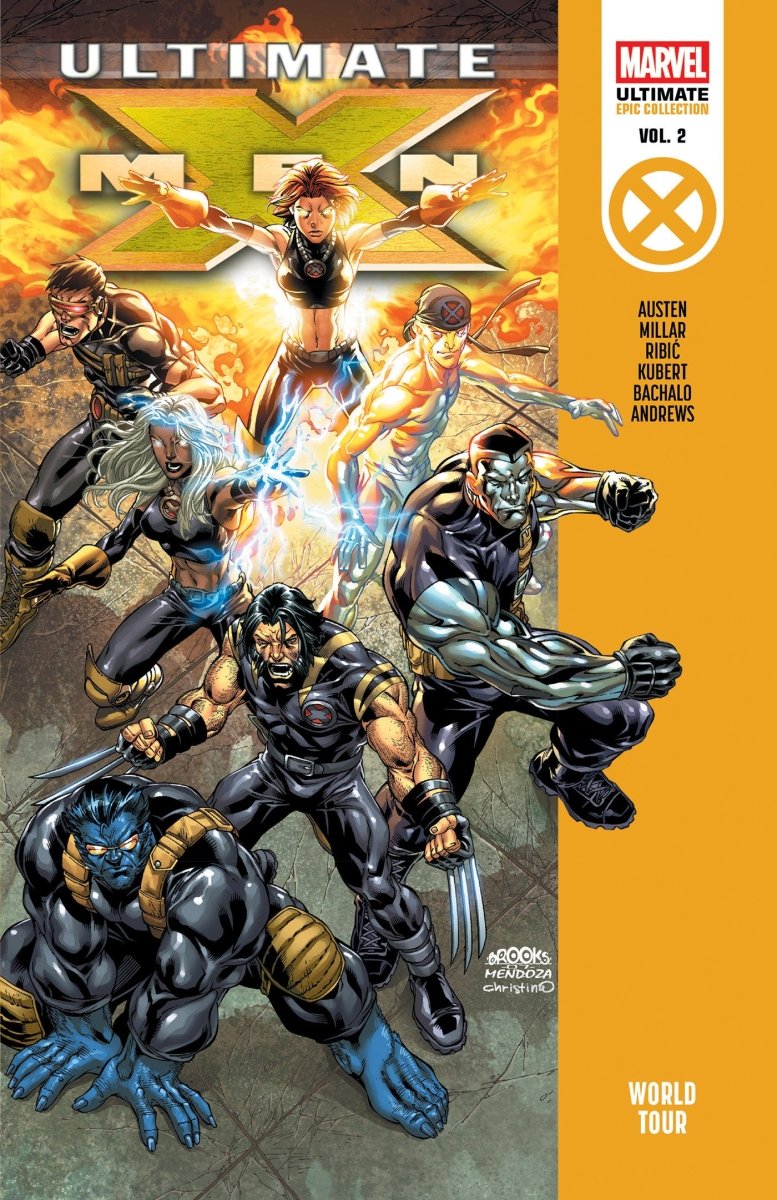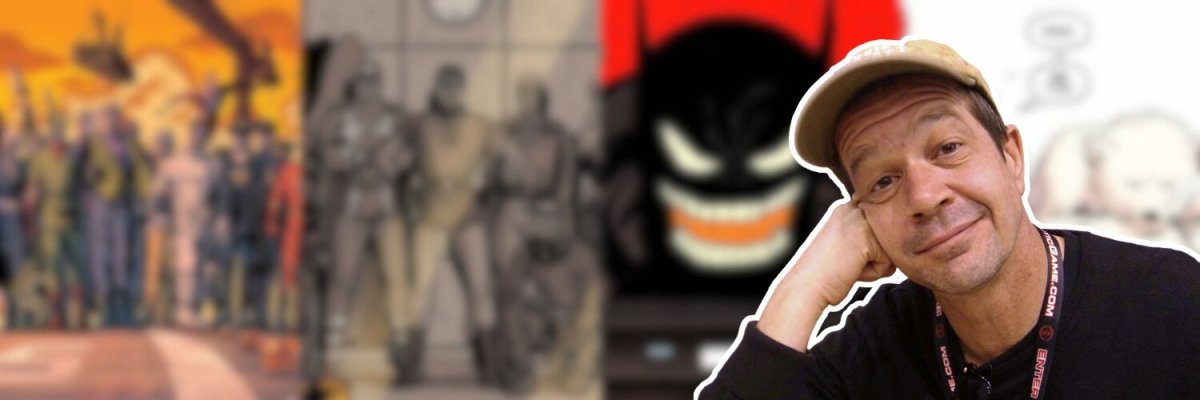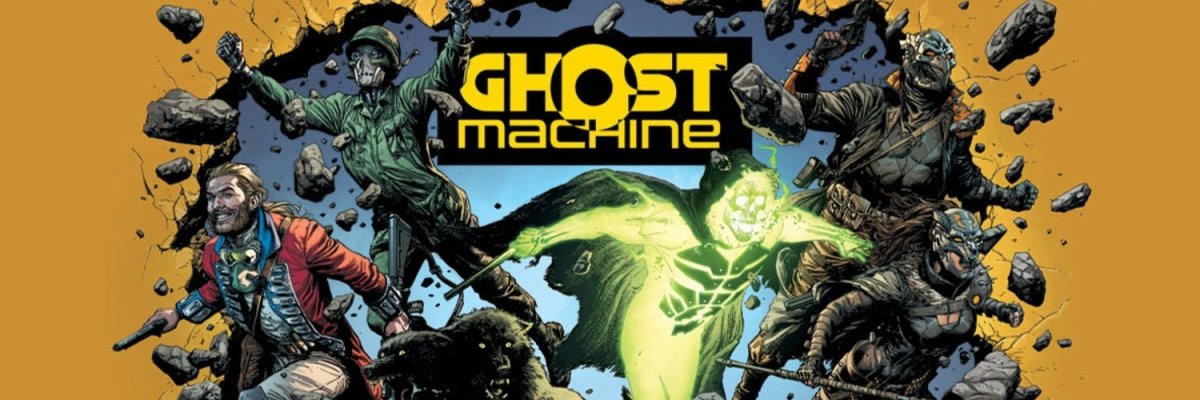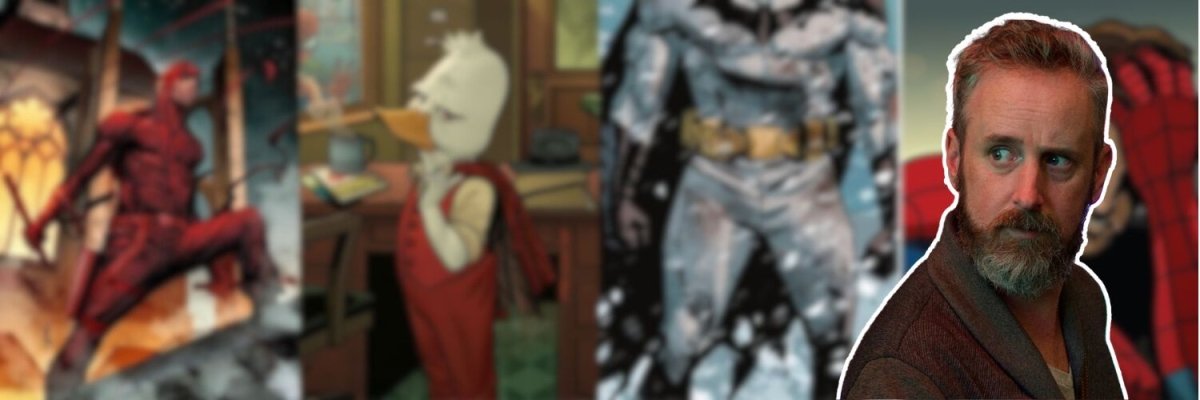
Written by Petar
Wanted to be an astronaut, ended up exploring comics instead.
If there’s ever been a group in the Marvel universe that has gone through hell and back (sometimes quite literally), suffered, prospered, and suffered again – and through all that delivered endless amounts of joy, drama, and entertainment – it’s the X-Men. The team has gone through countless shake-ups and roster changes, offering a huge range of characters. But is that what keeps them relevant to this day?
From Outsiders to Icons: The History and Impact of Marvel’s X-Men
The X-Men are quite a loaded topic. Many essays have been written about why they matter, about the Mutant metaphor and everything it might represent. Historians, comic enthusiasts, writers, and artists have all weighed in on the debate – many far smarter and better educated than I am – so I highly encourage you to go beyond this page and form your own opinion. I won’t just repeat their ideas. Instead, I’ll share why I think the X-Men matter, and what makes them endlessly fun for me.
I have to admit, though, that I’m filled with a bit of dread. My all-time favorite comic character is Spider-Man. But as I type these words, I glance at my shelves and start counting – and the X-Men books outnumber the Spidey ones by a solid two Kallax boxes. That’s because the X-Men were – and still are – BIG. Their impact on the comic industry, and on entertainment as a whole, can’t be measured by comic pages alone.
But let’s take a step back, and go some 25 years into the past. As a kid who was born in the 90s, splitting my childhood with the preceding decade too, I grew up watching the animated show. This (along with Batman and Spider-Man) was my entry into the world of American comics. And that’s probably the reason why I – and many, many others – consider these the top tier of our character lists.

I grew up watching the push and pull of Gambit and Rogue’s relationship. Even as a kid, I was frankly annoyed by Wolverine’s love for Jean – but I adored Storm (and who wouldn’t?). Sinister, Apocalypse, the Sentinels – all of these became complex words in my growing vocabulary, as well as terrifying monsters to be fought. In short, I think I was at the perfect (and intended) age to be swept up by the X-Men zeitgeist, delivered as a one-two punch of animated series and blockbuster movies. I was in love – and that won’t change.
Why, though, were the X-Men so memorable? It was probably the colorful characters – each one more unique and interesting than the last – and the adventures that ranged from comedy to space opera to horror. That mix always kept you on your toes. Another reason is that the X-Men are a found family: people rejected by their peers who chose who to love and surround themselves with. As a nerdy kid, that message spoke to me – as it probably did (and still does) to many others.
I think that’s the key to the X-Men: they’re a home away from home for people. When you feel like the weirdo no one wants to play with, you’ll find your pack of weirdos in the X-Men. All shapes and sizes, powers and personalities – you see yourself in these characters, and they make you feel less alone. And that’s how the X-Men became, and stayed, Marvel’s top team (sorry, Avengers and Fantastic Four!).
X-Men Origins: The Birth of Marvel’s Mutant Heroes
The X-Men haven’t always been as popular as they are now. In fact, the title was even cancelled at one point due to low sales. The team was originally conceived by Stan Lee and Jack Kirby in the pages of X-Men #1 – though only the first of these two stuck around on the title. Lee said the idea for Mutants – people born with their abilities – came from being tired of inventing new ways for characters to get superpowers. Gone were the days of spider bites, cosmic rays, or gamma bombs – the age of genetics had arrived in 1963!
Kirby, on the other hand, said that putting the X-Men in a school felt like the natural choice. These were kids with abilities, so they needed someone to teach them how to use them – and thus, Professor X was born. Interestingly, the original name for the book was The Mutants, but publisher Martin Goodman turned it down. Ironically, that’s the name Marvel seems to be using for their first X-Men project within the MCU at the time of writing this.
These early stories introduced the original five X-Men: Cyclops, Marvel Girl, Beast, Iceman, and Angel, along with Magneto and the Brotherhood of Evil Mutants (which included Scarlet Witch and Quicksilver). Later on, writer Roy Thomas and artist Neal Adams added Havok and Polaris to the team, but sales continued to decline, and the series was effectively cancelled with issue #66. From issues #67 to #93, the book ran reprints of older stories.

And, to be honest… these stories really do show their age. While it’s interesting to revisit them (which you can do through Marvel Masterworks), they’re slow reads with some fairly outdated ideas. Yet, somehow, they also feel surprisingly modern in how they tackle the “outsider” status and the prejudice Mutants face.
With that in mind, if you’re new to comics and wondering where to start with the X-Men, I wouldn’t recommend this era as your starting point. But if you’re already in love with the characters, these early stories offer an intriguing look at the work of one of comics’ greatest duos – Lee and Kirby – and show how even humble beginnings can lead to greatness in the right hands. And those hands were just on the horizon…
How Giant-Size X-Men Changed the Team Forever
For five long years, there were no new X-Men stories. But in 1975, everything was about to change. If you want to pinpoint the exact moment the X-Men stopped being a forgotten relic of the ’60s and dove headfirst into the Marvel spotlight, it was Giant-Size X-Men #1. Written by Len Wein, drawn by Dave Cockrum, and colored by Glynis Wein, this issue marked a turning point.
The 68-page book sees Professor X gather a new group of mutants for a rescue mission to save the original team from the island of Krakoa. The new team includes some familiar faces – like Cyclops, Banshee, and Sunfire, who had all previously appeared in X-Men, and Wolverine, who debuted in The Incredible Hulk – as well as brand-new characters: Storm, Nightcrawler, Colossus, and Thunderbird.
What’s significant about this issue – aside from reviving the X-Men brand – is that the new team featured a diverse cast of characters. They came from different races, backgrounds, and countries, with distinct appearances and powers. And while some weren’t written as flatteringly as others (it was the ’70s, and racial stereotypes were sadly still present), the book marked a major step toward the larger idea of the X-Men being for everyone, no matter who or where they are.
Giant-Size X-Men revived the series, and soon after, Uncanny X-Men #94 hit the shelves, with Chris Claremont signed on as the writer. Claremont went uncredited in Giant-Size, even though he contributed some ideas, while Len Wein stayed on for two more issues before handing over the reins fully with Uncanny X-Men #96. It was under Claremont’s guidance that the X-Men would flourish and become the powerhouse we all know and love.

Claremont’s tenure on the X-Men is the stuff of legends – for 16 years, he tirelessly wrote new adventures, introduced characters, and came up with wild concepts and challenges for our heroes to face, fight, and overcome. If you name your favorite X-Men story from cartoons or movies, chances are it’s a Claremont one – he brought seismic changes to the franchise and did truly marvelous work on the title. Dark Phoenix Saga, Days of Future Past, The Brood Saga, God Loves, Man Kills are just a few examples!

Of course, Claremont wasn’t alone in making this happen. He was lucky to work with fantastic artists by his side. First, Dave Cockrum joined Claremont in the early stages of the run, and he’s the one who designed the looks for Nightcrawler, Storm, and Colossus. With a knack for dynamic group shots, Cockrum gave the early Claremont era a bigger, bolder feel that helped put the spotlight on the title.
Then came John Byrne, taking over from Uncanny X-Men #108. Byrne’s style was very clean, and his staging was out of this world (which is fitting, as Claremont would soon take the story there anyway). At its core, X-Men is a soap opera, and Byrne was the right man for the job – he knew exactly when to deliver a dynamic action shot and when to bring the “camera” in close to show emotions on a deeply personal level. Byrne also helped plot many stories, making this team-up one of the most powerful in Marvel’s history. In the following years, many more talented artists would join forces with Claremont – Paul Smith, John Romita Jr., and Marc Silvestri, to name a few.

To be honest, Claremont made planning this article tough for me. With such a long tenure, the man deserves his own post. I’m very tempted to dive into all the stories he wrote, but that would take up way too much space. He was also involved in many spin-off titles like The New Mutants, Excalibur, and more. He even returned to the franchise in the 2000s with X-Treme X-Men (and a stint on the adjectiveless X-Men with Jim Lee, which became the best-selling comic book in U.S. history). But more on that another day – here, I want to focus only on the “main” title.
Claremont stayed on the title until issue #279 in 1991. These almost 200 issues may seem like an unsurmountable mountain to tackle, but trust me – they’re worth it. While a bit wordy at times, his X-Men stories are fun, full of great character moments and drama. Best of all, most of the issues can be picked up and read as your first – so whatever you choose with his name on it will likely be a good one. Some of my suggestions include:
- Dark Phoenix Saga trade paperback (collects issues #129-137)
- Uncanny X-Men omnis Volume 2 and Volume 3 (while Volume 1 is fun – and sadly OOP – it’s these two books that have the best stories!)
- Or for a quick taste, just pick up one of many Facsimile editions: Uncanny X-Men #133 or Uncanny X-Men #134 (both part of the Dark Phoenix Saga), Uncanny X-Men #142 (part of the Days of Future Past story), Uncanny X-Men #268 (first full Jim Lee issue!) – really, it’s hard to go wrong here!
The 1990s X-Men Explosion: Comics, Cartoons, and Collector Craze
And then came the 90s, and X-Men got bigger than ever. Everything about the franchise was cranked up to 11. The art was bold and LOUD, the number of titles multiplied, and the cartoon hit TV screens, pulling even more people into the world of the Mutants. Sadly, this was also the era of the speculator market boom, and Marvel leaned into it – multiple covers, foil covers, holograms – you name it, it was probably on the shelves.

It was during this time that X-Men #1 by Jim Lee and Chris Claremont was released, breaking all sales records (and not helping the speculator craze). Due to the massive popularity Uncanny X-Men had reached, the title was split into two teams – Blue and Gold. Uncanny kept the original numbering, while X-Men started fresh with “volume 2” numbering.
The Blue Team appeared in the pages of the new series and featured Cyclops, Wolverine, Gambit, Rogue, Psylocke, and Beast – with art (and story) by Jim Lee, and later taken over by Fabian Nicieza and Andy Kubert.
Meanwhile, the Gold Team was led by Storm and included Jean Grey, Iceman, Colossus, Bishop, and Archangel. Claremont wrote it for a short while before leaving, with John Byrne and Whilce Portacio stepping in afterward.
This era gets murky fast, with both Claremont and then Lee leaving soon after due to disagreements with editorial. A flood of new titles also emerged: X-Force, X-Factor, Excalibur, Generation X – all competing for attention. On top of that, several solo series launched for characters like Wolverine, Cable, Bishop, and Gambit (even X-Man got his own title!).
Many major events took place during this time: X-Cutioner’s Song, Fatal Attractions, Phalanx Covenant, Age of Apocalypse, Onslaught, Operation: Zero Tolerance. Some were successful and cool, some were Onslaught. All of them were peak 90s excess – action, guns, pouches, and explosions.
The issue is, collecting these stories can be tricky. The X-Men Epic Collection was doing a good job, but those volumes are hard to find nowadays. Omnis can be even tougher. Age of Apocalypse – probably the biggest event, which paused all other titles for a time – is currently being collected again, and I’ve linked the first volume. Volume 2: Reign and Volume 3: Omega will follow soon!
And with that, we reached the new millennium. The movie hit cinemas in 2000, and it was time for the X-Men to change. And what a change it would be!
TO BE CONTINUED
Explore Main X-Men Collection HERE
And for the whole mutant family, check out this 2nd X-Collection!

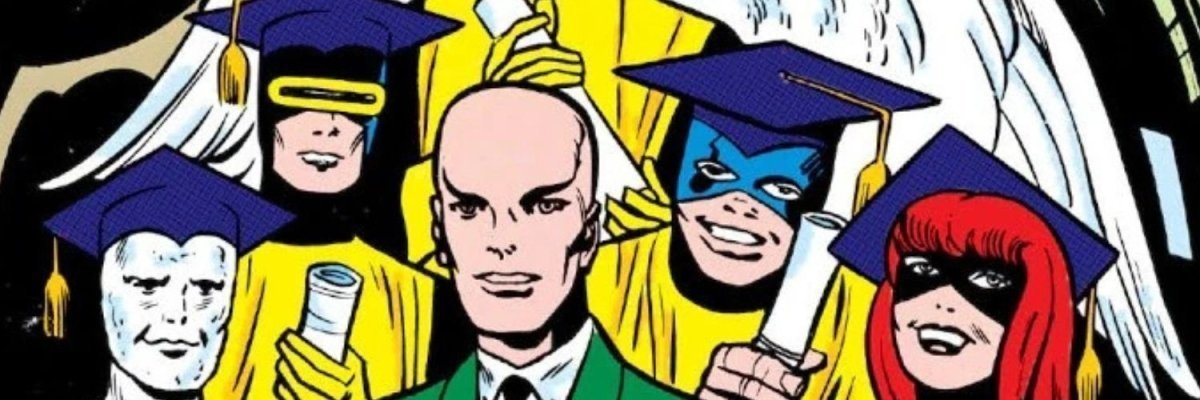
![X - Men: Age Of Apocalypse Vol. 1 - Alpha TP [New Printing 2] *PRE - ORDER* - Walt's Comic Shop](http://waltscomicshop.com/cdn/shop/files/x-men-age-of-apocalypse-vol-1-alpha-tp-new-printing-2-pre-order-654971.jpg?v=1730164940&width=780)
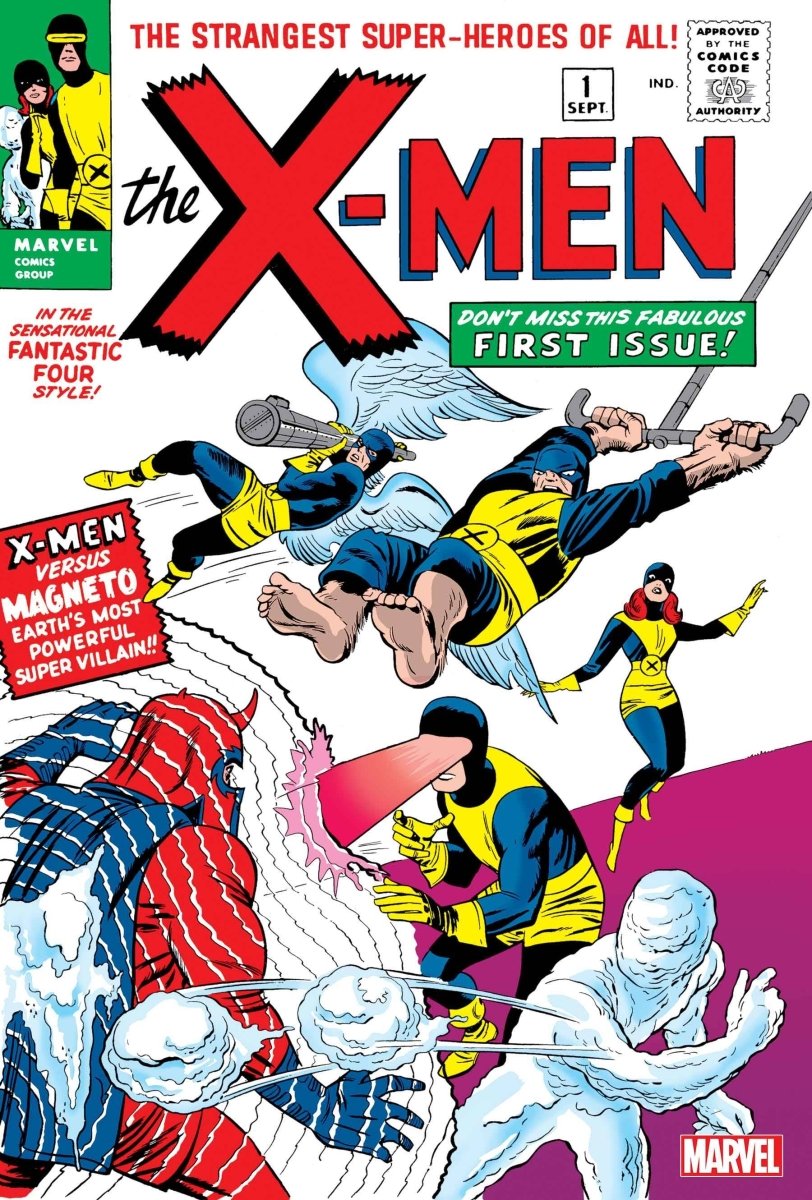
![X-Men: Dark Phoenix Saga TP [New Printing 2] - Walt's Comic Shop](http://waltscomicshop.com/cdn/shop/products/x-men-dark-phoenix-saga-tp-new-printing-2-349440.jpg?v=1700244594&width=780)
![Expatriate X-Men #3 [AOR]](http://waltscomicshop.com/cdn/shop/files/75960621368900311.jpg?v=1767535817&width=1400)
![Expatriate X-Men #3 Junggeun Yoon Variant [AOR]](http://waltscomicshop.com/cdn/shop/files/75960621368900321.jpg?v=1767535816&width=1400)
![Expatriate X-Men #3 David Baldeon Variant [AOR]](http://waltscomicshop.com/cdn/shop/files/75960621368900331.jpg?v=1767535815&width=1400)
![X-Men: Age Of Revelation Finale #1 [AOR]](http://waltscomicshop.com/cdn/shop/files/75960621256900111.jpg?v=1767544321&width=1400)
![X-Men: Age Of Revelation Finale #1 Tony Daniel Variant [AOR]](http://waltscomicshop.com/cdn/shop/files/75960621256900121.jpg?v=1767544318&width=1400)
![X-Men: Age Of Revelation Finale #1 Marcos Martin Variant [AOR]](http://waltscomicshop.com/cdn/shop/files/75960621256900131.jpg?v=1767544316&width=1400)
